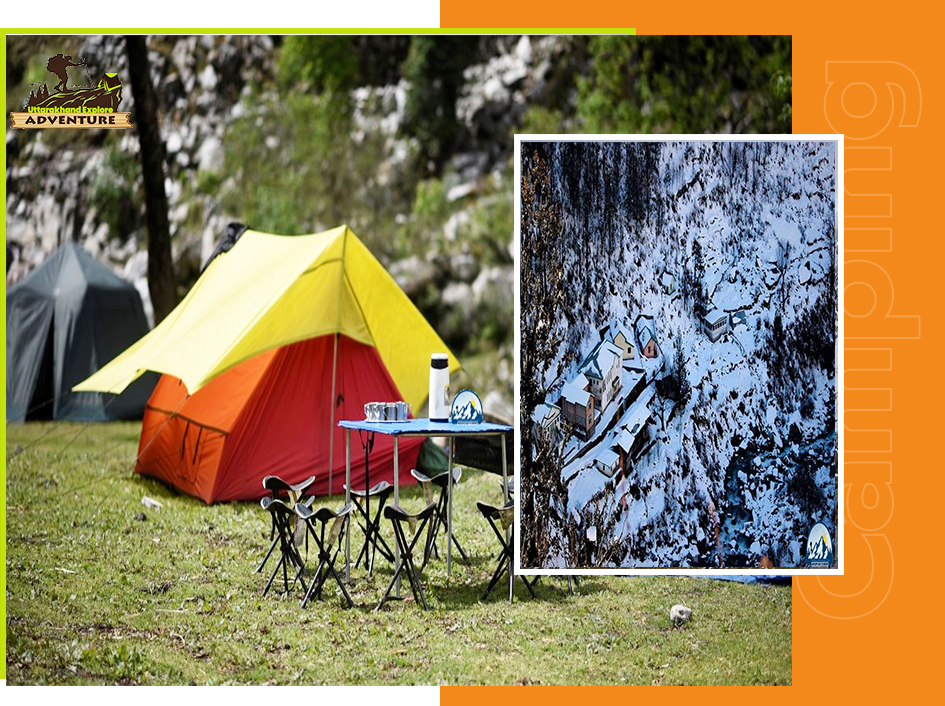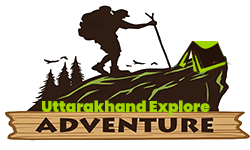01 ABOUT
All About The Borasu Pass Trek

Introduction
Borasu is a Dividing and Connecting Pass
Adventure Enthusiasts must Attempt this Trek
Borasu Pass is not for Beginners
ATM Point and Mobile Connectivity
ATM POINT –
Purola Mori is the last ATM point.
Mobile Connectivity : –
Your device will receive signals at Purola. At Sankri your device can receive BSNL and Vodafone signals but the connectivity is not good. There will be no networks ahead so finish all your important work and calls before starting the trek.
Highlights Of Borasu Pass Trek
Duration-
08 Days (Dehradun to Shimla)
Best Season : –
May, June, September and October
Level : –
Difficult
Highest Altitude : –
(5450 m)
Summer temperatures : –
(-2°C to -5°C) (5°C to 15°C)
Started point : –
Dehradun
Day 1 : Dehradun to Sankri drive
- 7 hours’ drive
- 190 km
We start early from Dehradun and reach the village Sankri by evening. The final stretch is through the Govind Pashu National Park after we cross a check post at Netwar. We rest at night in a guest house or in camps.
Day 2 : Sankri (1,920 m) to Seema (2,560 m) via Taluka (1,800 m)
- 1 hour drive
- 5-6 hours’ hike
- 14 km
Post breakfast we are transported from Sankri to Taluka. The drive is a bit bumpy. The trek commences from Taluka on a stony path. With the river Supin gushing through rapids beside us, under the shade of walnut, pine and other trees, the walk is quite pleasant. Often the passing villagers greet us on the way.
The path crosses over a few streams which merge with Supin. After a few hours of walk the village of Gangad can be seen towards the left, across the river. We continue our hike and after about an hour’s walk, the quaint village of Osla unfolds itself. Seema is a tiny settlement opposite to the river from Osla. We set camp here or stay in a hut with a local family in the village.
Day 3 : Seema/Osla to Har ki Dun (3,510 m)
- 4-5 hours’ hike
- 10 km
From Osla the trail gradually rises higher and passes through bushes of flowers like orchids, fleece flowers and sunflowers. The ascending path climbs high above the confluence of Supin river and the river from Ruinsara valley.
After traversing higher up along the left side of the river, we camp at a very panoramic spot in Har ki Dun, located at the junction of two valleys – one originating from Jaundhar glacier and the other from beyond Hata glacier.
Day 4: Har ki Dun to Ratha Tho (4,200 m)
- 4-5 hours hike:
- 5 km
Today we trek at moderate pace to reach Ratha Tho. On the wasy, we pass by Morinda Tal, a small lake. A part of the trek is a bit over boulders but with the views of snow covered peaks and wide valleys, it is a beautiful walk.
Day 5 : Ratha Tho to Borasu pass base camp (Upper Lamjung) (4,900 m)
- 3-4 hours hike
- 4 km
On this day, we walk higher up. The path is over boulders and quite often snow covered. The campsite at upper Lamjung is also on snow mostly. From here one gets a beautiful view of the valley behind.
Day 6 : Borasu pass base camp (Upper Lamjung) to Bonga (4,000 m) via Borasu pass (5,360 m)
- 7-8 h hike
- 8 km
We start before sunrise for this day’s trek. As we keep moving higher up, the views open up behind us. After crossing two glaciers and a final ascent over boulders, the cradle shaped Borasu pass lies before us. We descend towards the Himachal side of the pass into a large glacier usually glissading over the initial slope. The trek further is along a tributary of Baspa river. We may find shepherds near the campsite.
Day 7 : Bonga to Chitkul (3,430 m)
- 8 hours hike
- 15 km
Today’s trek takes about 8 h. This is an easy walk through flower fields and forests. Overnight in Chitkul Village. The trek ends here. One can get public or private transport from Chitkul or Sangla to Shimla.
- Personal Insurance
- Medical Certificate
- Personal toiletry Items and Personal Medicine kit
- On first day En Route to base camp the Breakfast and Lunch are Not Included
- Last Day En Route Lunch and Dinner are Not Included</l
